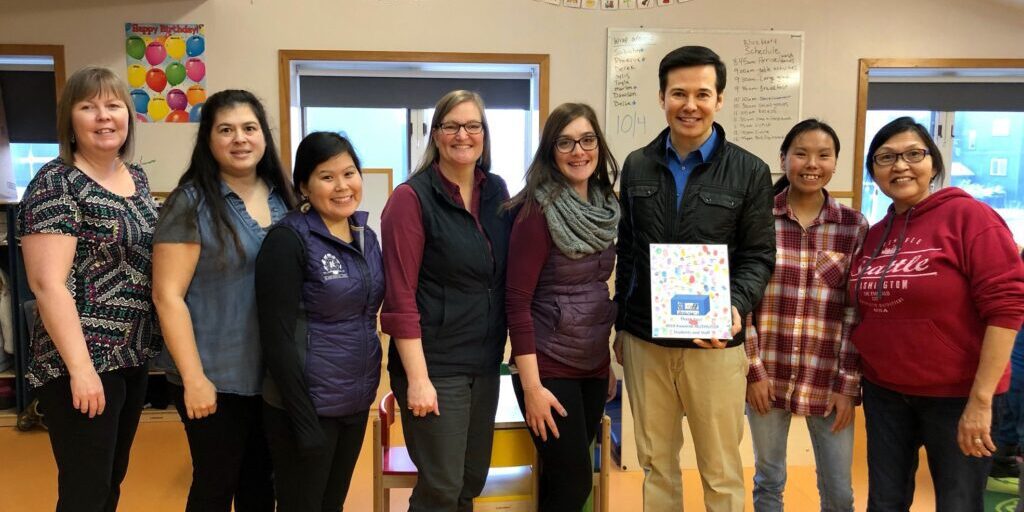During the Elders and Youth Conference, speakers of Indigenous Alaskan languages gathered to discuss what they can do to ensure that Indigenous language will continue to survive and flourish on their native lands. Different guests took turns sharing what their communities have done to preserve native languages. They discussed new projects, obstacles and triumphs.
These listening sessions were two of the Alaska Native Languages Preservation and Advisory Council, or ANLPAC’s, several public testimony events. Every even-numbered year, ANLPAC submits a report to the Alaskan governor and legislation on how Alaska government can improve its efforts to revitalize and preserve Indigenous languages. Public comments from Alaska Natives play a key role in the report.
On Oct. 19th’s afternoon session, over twenty participants gathered virtually to make their public comments and to learn from each other. They discussed matters such as the pros and cons of teaching language over Zoom, ways in which Elders and youth can collaborate to teach one another and how to make Indigenous language courses required throughout Alaska.
“At least in my experience, we learn better from visually watching the way a fluent speaker’s mouth moves and also from just taking correction from that Elder or from the language bearer the best way that we can and be receptive of that correction in a positive way. That way we can really move and progress with our language lessons,” Inupiaq speaker Patkutaq said.
Learning one on one from a language bearer provides a fuller experience of the language and is needed to balance theoretical knowledge, Patkutaq said.
“But if we focus too much on the book learning we are going to lose a lot of what we pick up even in our expressions and how we speak in Inupiaq. If I try to learn from a book, if I try to learn from a phone how to read something, I might have the wrong expression saying it. I might say it where there should have been more of an expression, more accent or more emotion into what I am saying whereas you are not going to get that from a book,” Patkuaq said.
Chair of ANLPAC and Inupiaq speaker, Yayuuk Alvanna Stimpfle discussed some of Kawerak’s innovations for language revitalization made possible by language recovery grants. One such project will provide mentors to teachers who are teaching Alaska Native languages to kids.
“Put them in the Head Start program to mentor the teachers on how you speak to children. ‘Cause it will be different for adult learners learning the language,” Alvanna Stimpfle said.
In addition to providing mentors, Kawerak is looking at ways to publish more materials in Inupiaq and the various dialects of Yupik, like Central Yupik and Siberian Yupik.
“Eventually, in the future, those students will go onto kindergarten knowing some language already. ‘Cause right now we do have kindergarten immersion, first grade immersion. And then to build that up,” Alvanna Stimpfle said.
ANLPAC research analyst Dr. Roy Mitchell took notes on the session so that the comments from the session could be incorporated into the report ANLPAC submits biannually to Alaska’s governor and legislature. The report will come out on Jan. 1, 2022, and will be available to the public both in paper copies and on ANLPAC’s website under “publications”.
Individuals can still submit public comments for consideration by emailing anlpac@alaska.gov.
Image at top: Kawerak’s Head Start Team. Photo courtesy of the office of representative Neal Foster.




